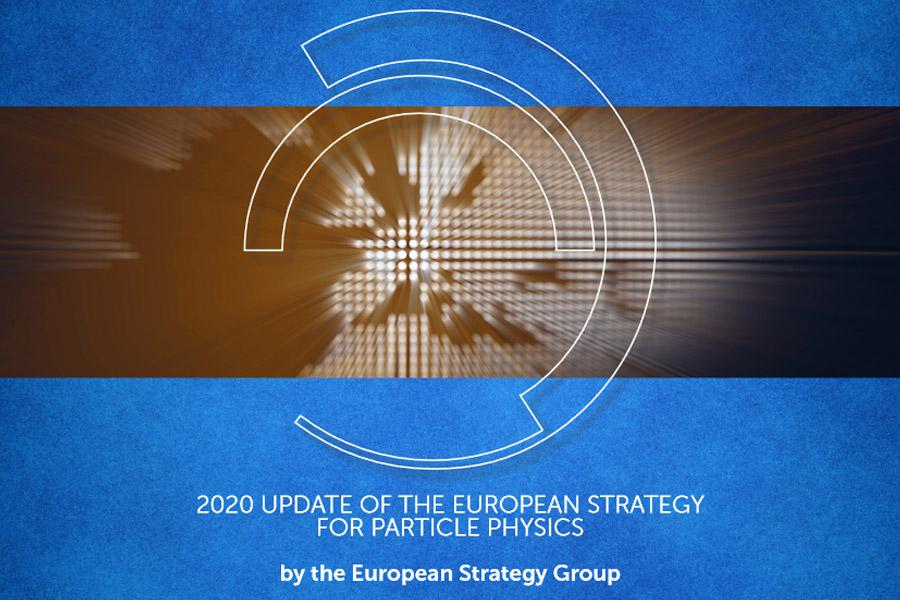

On 19 June 2020, the CERN Council announced that it had unanimously updated the strategy intended to guide the future of particle physics in Europe within the global landscape (the document is available here). The updated recommendations highlight the scientific impact of particle physics and its technological, societal and human capital.
The 2020 update of the European Strategy for Particle Physics proposes a vision for both the near- and the long-term future of the field, which maintains Europe's leading role in particle physics and in the innovative technologies developed within the field. The highest-priority physics recommendations are the study of the Higgs boson and the exploration of the high-energy frontier: two crucial and complementary ways to address the open questions in particle physics.
Essential scientific activities for particle physics include large-scale data-intensive software and computing infrastructures. The community faces major challenges in this area, notably with a view to the HL-LHC. As a result, the software and computing models used in particle physics research must evolve to meet the future needs of the field.The community must vigorously pursue common, coordinated R&D efforts in collaboration with other fields of science and industry to develop software and computing infrastructures that exploit recent advances in information technology and data science. Further development of internal policies on open data and data preservation should be encouraged, and an adequate level of resources invested in their implementation.
The scientific outcomes of particle physics experiments are made possible by the development of an efficient computing and software infrastructure. Computing and software are profound R&D topics in their own right and are essential to sustain and enhance particle physics research capabilities. There is a need for strong community-wide coordination for computing and software R&D activities, and for the development of common coordinating structures that will promote coherence in these activities, long-term planning and effective means of exploiting synergies with other disciplines and industry. Some recently initiated examples are the HEP Software Foundation addressing the common computing and software challenges related to particle physics, and ESCAPE (European Science Cluster of Astronomy & Particle physics ESFRI research infrastructures) exploring the synergies in the areas of astronomy, astroparticle and accelerator-based particle physics.
Views
21,467

